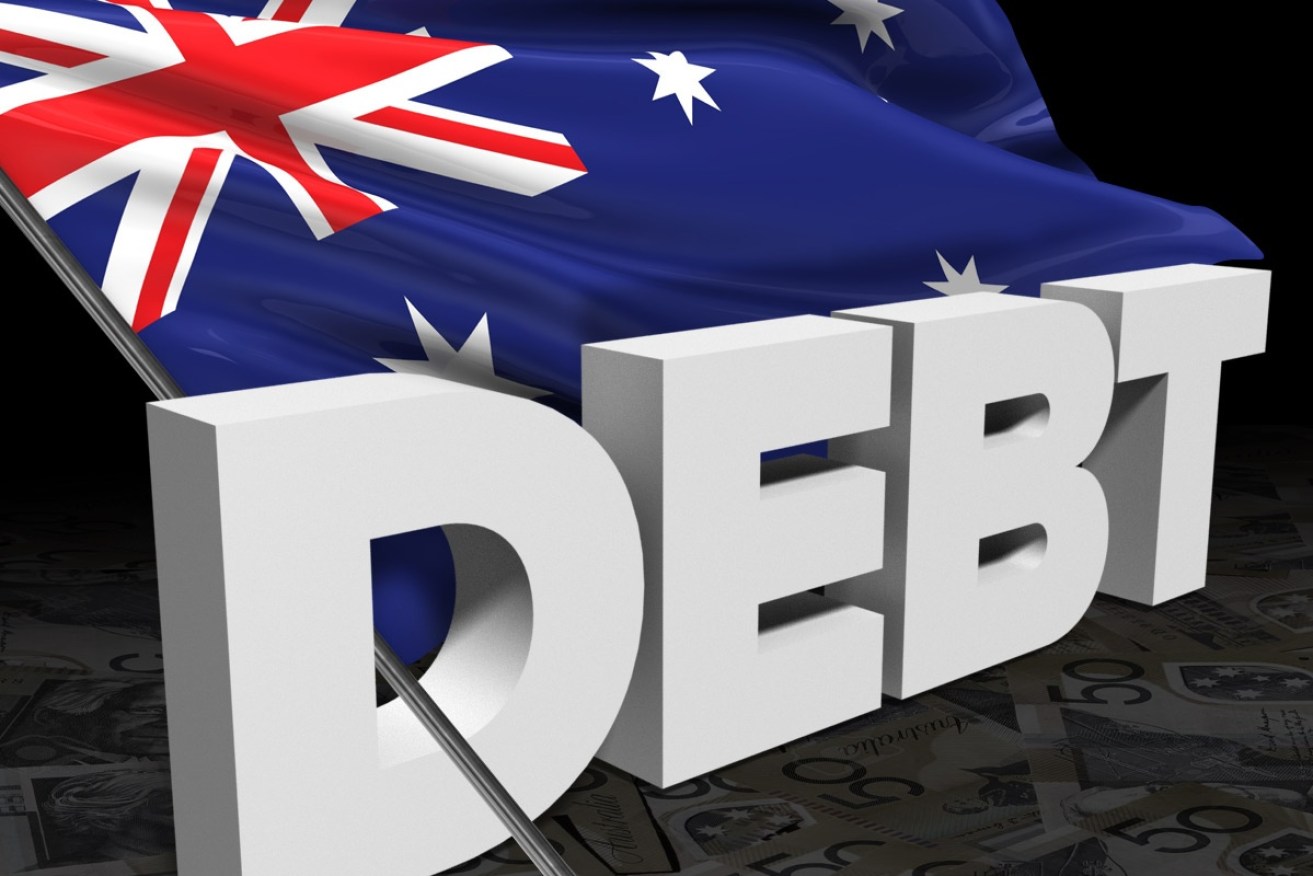Our national debt blasts past half a trillion dollars


Photo: Simon Rankin
Australia’s national debt has exceeded $500 billion, more than double the debt Labor added during the global crisis but in a fraction of the time, forcing the Coalition to defend its claim to be the better economic manager.
Last week’s gross debt figure from Treasury’s office of financial management was $499.2 billion. The half-trillion mark will be recorded on Friday when Treasury auctions off $800 million worth of bonds.
When Labor gained office in November 2007, gross debt was $58 billion. In September 2013 it was $270 billion. So Labor added $212 billion during the GFC. The rest – now more than $230 billion – has been added by the Coalition.
Armed with this fact, Labor went on the attack on Thursday, with Opposition Leader Bill Shorten, Shadow Treasurer Chris Bowen and Shadow Finance Minister Jim Chalmers all firing pointed questions at the government over the debt blowout.
Prime Minister Malcolm Turnbull and Treasurer Scott Morrison tried valiantly to blame it all on Labor’s “reckless spending” in years past.
However, the May budget predicted that gross national debt will keep rising under the Coalition to $540 billion in 2017-18, $582 billion in 2018-19 and $606 billion in 2019-20 and eventually reach $725 billion in 2026-27.
The extra debt burdens future generations. Even now, interest – most of which goes to foreigners – is $17 billion annually. That is $46.6 million every day.
And that is with interest rates at all-time lows. When the Reserve Bank finally lifts rates, considered likely soon, this could bequeath either crippling interest bills or drastic curtailment of future services to repay those borrowings.
Australia’s mounting debt burden is also at odds with the rest of the developed world.
With the current global surge in trade, profits and growth, most well-managed economies are now repaying the debt incurred during the GFC.

The new debt record sparked a feud during Thursday’s Question Time. Photos: ABC
These include Germany, New Zealand, Hong Kong, Norway, the Netherlands, Sweden, Luxembourg, Greece, Ireland, the Czech Republic, Iceland, Hungary, Israel, Belgium, Spain, Malta, Latvia, Lithuania, United Arab Emirates, Qatar, Turkey, Estonia and Switzerland.
Even Donald Trump has reduced US government debt by $US113.3 billion since February.
Australia was on track to reduce the debt in Labor’s last year in office. Gross debt was cut in two months, including $12.7 billion repaid in May 2013. Over the last 11 months of the Gillard/Rudd period, only $1.89 billion was added per month on average.
That compares with $6.99 billion per month added so far this financial year.
Before the 2013 election, then-opposition leader Tony Abbott told business leaders that the Coalition had “identified $50 billion of savings, for an $11 billion improvement in the budget bottom line and a reduction of $30 billion in net debt”.
Within 10 months of gaining office, however, net debt had increased by $41.2 billion; within two years by $95 billion.
Treasurer Morrison announced last week: “We have made the right choice to return the budget to balance at a responsible and measured pace, with well-timed measures that do not drag on economic growth.”
However, the Coalition promised in its 2014 budget a small deficit for 2017-18 of -$2.8 billion. This was revised in the 2015 budget to -$14.4 billion.
It was pushed out further in Mr Morrison’s 2016 budget to -$26.1 billion. And in his May budget this year, he forecast -$29.4 billion.
Mr Morrison also said: “We made the right choice in the budget to invest in productivity boosting public infrastructure.”
However, ABS figures show infrastructure spending is now at record lows. Total building and engineering construction for the March 2017 quarter showed yet another quarterly decline. That brings the declines to 12 out of the last 14 quarters – the worst result in Australia’s history.
Mr Morrison has also said: “We have made the right choice to make our corporate tax system more competitive.”
However, as we saw last week, company tax collections have fallen to about half the rate during the Howard, Rudd and Gillard years, despite bumper corporate profits.
This is because business decisions to invest are made only when demand for goods and services increases. In Australia since 2013, the shift in wealth and income away from low- and middle-income earners and welfare beneficiaries has reduced this demand.
Passing the half-trillion mark shows how badly this has crippled the economy.
On Thursday, Labor called on the government to drop its planned corporate tax cuts, which according to the government’s own estimates will reduce revenue by $65 billion between 2017 and 2027.








